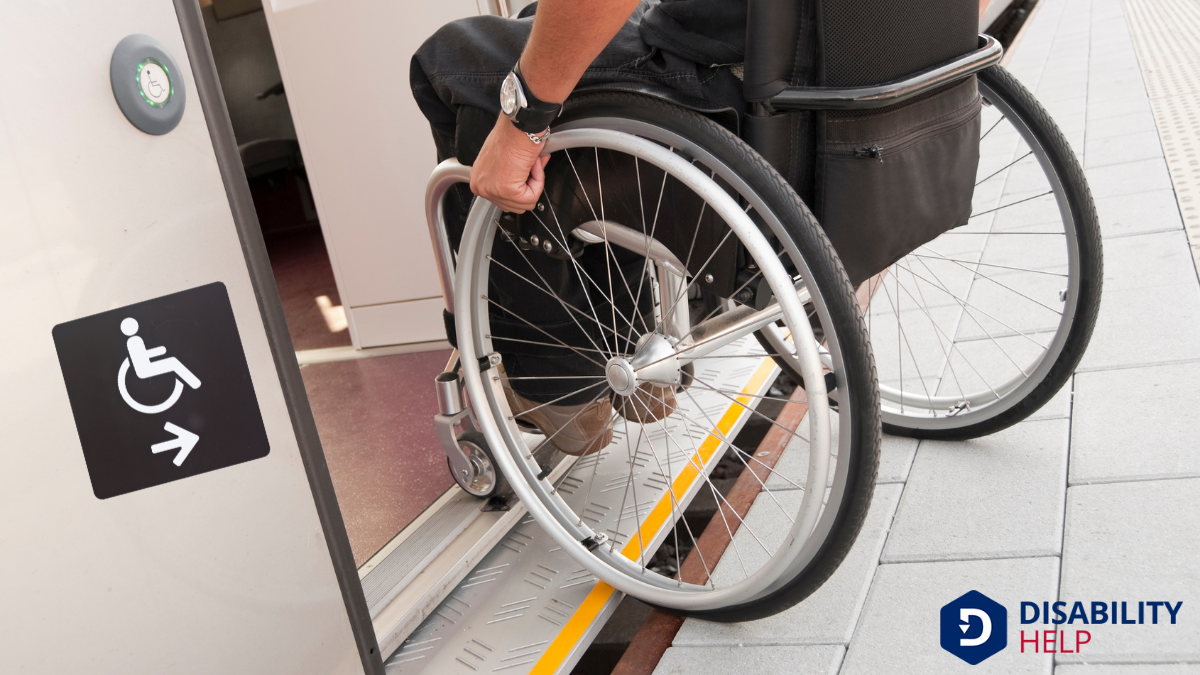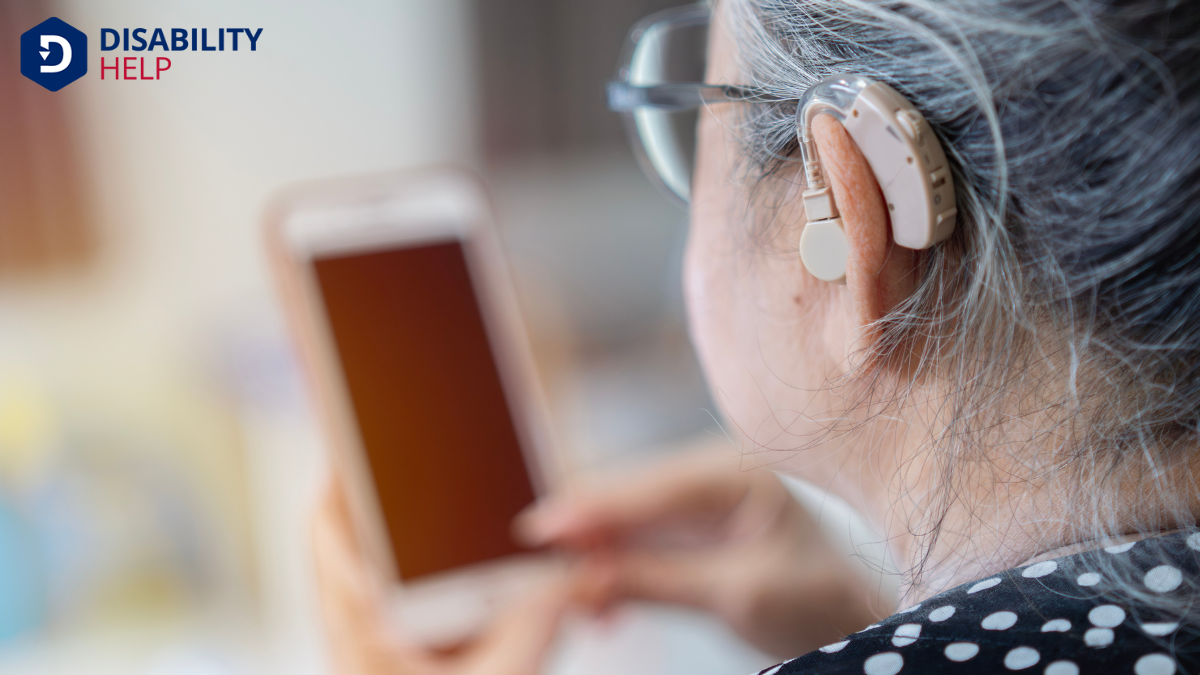When it comes to choosing the most accessible ride-sharing service for people with disabilities, we see both Uber and Lyft making strides in inclusivity. Each offers unique features, like UberWAV and Lyft Access, to improve accessibilityThe design of products, devices, services, or environments to be usable by people with disabilities..... But which truly leads the way? Let's explore their efforts, from wheelchair-accessible vehicles to communication tools for hearing and visually impaired riders. The answer might surprise you and could influence your next ride choice.
Key Takeaways
- Uber offers UberWAV, providing wheelchair-accessible vehicles with features supporting visually impaired users, prioritizing accessibility enhancements.
- Lyft Access expands wheelchair-accessible vehicles through partnerships and driver training, focusing on mobility challenges and effective communication.
- Uber supports voiceover and screen readerSoftware that reads aloud the text on a computer screen, used by individuals who are blind or visual... technologies for visually impaired riders, enhancing app usability.
- Lyft collaborates with accessibility groups, developing features addressing diverse challenges faced by riders with disabilities.
- Both services use in-app text messaging and visual notifications for effective communication with hearing-impaired users.
Overview of Ride-Sharing Services
While ride-sharing services have revolutionized urban transportation, it's essential to understand their core functioning and impact. These platforms connect us to drivers through a simple app, offering convenient, often cost-effective travel options. We can book a ride with just a few taps, track our driver's arrival, and pay seamlessly online. This simplicity attracts millions, reducing the need for personal car ownership in crowded cities.
Ride-sharing also impacts traffic patterns and urban planning. By analyzing data from these services, cities can improve infrastructure and public transit.
However, they sometimes face criticism for contributing to congestion and environmental concerns. As we explore these services, it's important to weigh their benefits against potential drawbacks, ensuring they enhance our urban mobility responsibly.
Accessibility Features of Uber

Although Uber has become a popular choice for many, it's important to recognize its commitment to accessibility for individuals with disabilities.
Uber offers several features designed to make their service more inclusive. For those needing wheelchair-accessible vehicles, UberWAV connects riders with drivers in wheelchair-accessible cars. This service guarantees that individuals using wheelchairs can travel comfortably and efficiently.
Moreover, Uber has an option for riders to communicate their needs to drivers through the app. This feature allows us to inform drivers about additional assistance requirements, fostering better communication.
The app also supports voiceover and screen reader technologies, making navigation easier for those with visual impairments. By implementing these features, Uber shows its dedication to creating a more accessible ride-sharing experience for everyone.
Lyft's Commitment to Inclusivity
Let's explore how Lyft is working to guarantee its services are inclusive for everyone, including those with disabilities.
They've introduced accessible vehicle options and established driver training programs to improve the experience for riders with disabilities.
Accessible Vehicle Options
As we explore Lyft's commitment to inclusivity, it's evident that the company is making strides in providing accessible vehicle options for everyone, especially those with disabilities.
Lyft's dedicated service, called Lyft Access, focuses on ensuring that riders with mobility challenges have better access to transportation. By partnering with local operators and integrating wheelchair-accessible vehicles (WAVs) into their network, Lyft is addressing a significant need in the community.
We understand the importance of reliable transportation for individuals with disabilities. Lyft's efforts to increase the availability of WAVs demonstrate their dedication to improving accessibility.
As riders, we can appreciate these enhancements, knowing that such options are essential for many in achieving independence and ease of travel. Lyft's inclusivity efforts are a step in the right direction.
Driver Training Programs
Lyft actively demonstrates its commitment to inclusivity by implementing thorough driver training programs.
We recognize that ensuring a positive experience for riders with disabilities relies heavily on the preparedness of our drivers. These programs emphasize effective communication and sensitivity, equipping drivers with the knowledge to assist passengers with diverse needs. It's essential that drivers know how to properly handle mobility aidsDevices designed to help individuals move around more easily, such as canes, walkers, or wheelchairs..., accommodate service animals, and engage respectfully with all riders.
Our approach involves interactive workshops and online modules designed to enhance our drivers' understanding and skills.
Partnership With Accessibility Groups
Recognizing the diverse needs of our riders, we've partnered with accessibility groups to enhance our service for individuals with disabilities. By collaborating with experts, we guarantee our platform remains a welcoming space for everyone.
These partnerships guide us in developing features that address specific challenges faced by those with mobility, visual, or auditory impairments. Together, we identify and implement solutions that make our ride-sharing service more inclusive.
For instance, feedback from these groups has led to improved app interfaces that are easier to navigate for users with visual impairments. We also focus on providing better wheelchair-accessible vehicle options.
Our commitment is ongoing, and we continue to seek input from our partners to innovate and improve accessibility for all riders.
Evaluating Wheelchair-Accessible Vehicles
As we explore the availability of wheelchair-accessible vehicles across cities, we need to take into account how easily these can be booked and the level of support riders receive.
It's essential that our ride-sharing experience is seamless and stress-free for everyone.
Let's examine how well the current systems meet these needs and identify areas for improvement.
Availability Across Cities
While steering through the urban landscape, it's clear that the availability of wheelchair-accessible vehicles (WAVs) in ride-sharing services varies considerably across cities.
We often find ourselves wondering how these differences impact our mobility options. Let's break it down:
- City Size and Infrastructure: Larger cities tend to have more WAVs due to better infrastructure and higher demand.
- Local Regulations: Some cities enforce strict regulations that require a certain percentage of ride-sharing fleets to be WAVs, enhancing accessibility.
- Partnerships and Initiatives: Collaborations between cities and ride-sharing companies can increase WAV availability through targeted programs.
- Public Awareness: Awareness and advocacyThe act of arguing in favor of, supporting, or defending the rights and interests of individuals or ... can drive changes in WAV distribution and encourage more inclusive practices.
Understanding these factors helps us navigate WAV availability effectively.
Booking Ease and Support
Steering through the process of booking a wheelchair-accessible vehicle (WAV) can often feel intimidating, but there are several ways to simplify it.
We can begin by exploring ride-sharing apps that offer WAV options. Services like Uber and Lyft have specific categories for these vehicles, making selection straightforward. Our focus should be on apps that provide clear instructions and support throughout the booking process.
When scheduling a ride, let's guarantee the app provides real-time assistance, like customer support chat or call features, to address any concerns promptly.
Some services even offer advance booking for WAVs, giving us peace of mind. By using apps with user-friendly interfaces and dedicated support, we can confidently navigate the WAV booking process, guaranteeing accessibility and convenience.
Communication Tools for Hearing Impairments

How can ride-sharing services better cater to individuals with hearing impairments? We must consider incorporating communication tools that enhance accessibility and ease of use. Here are some strategies that can make a significant difference:
- In-App Text Messaging: Offering clear, instant messaging between riders and drivers guarantees smooth communication without relying on voice calls.
- Visual Notifications: Implementing visual alerts for ride status updates, such as arrival or cancellation, helps keep everyone informed.
- Speech-to-Text Technology: This feature can transcribe spoken messages into text, providing an alternative for riders who don't use sign language.
- Driver Training: Educating drivers about interacting with hearing-impaired passengers can foster a more inclusive environment.
Support for Visually Impaired Riders
Ensuring that ride-sharing services are accessible to visually impaired riders requires thoughtful integration of technology and design. We must consider features that enhance the user experience and safety. For instance, voice-over functions in apps can guide users through booking and trip details. Additionally, GPS and audio cues can inform riders about vehicle arrival and location.
Drivers should receive training to assist visually impaired passengers, ensuring a smooth and respectful interaction. We can encourage ride-sharing companies to implement text-to-speech capabilities and accessible payment methods, making the entire process seamless.
Moreover, partnerships with organizations serving the visually impaired can help identify and address specific needs. By prioritizing these elements, we can create a more inclusive environment for everyone.
Comparing Pricing and Availability
When choosing a ride-sharing service, pricing and availability can make all the difference. We need to take into account these factors to guarantee we're making the best choice for people with disabilities.
Let's break it down:
- Cost Comparisons: Prices can vary considerably between services. It's essential to compare fares for similar trips to find the best deal.
- Surge Pricing: Watch out for this! Some services increase prices during peak hours, which can be a financial burden.
- Service Coverage: Not all services are available everywhere. We need to check if they operate in the areas we're traveling.
- Wait Times: How long will it take for a car to arrive? Shorter wait times can greatly enhance convenience and accessibility.
Choosing wisely can improve our ride-sharing experience.
User Experiences and Testimonials

After examining the factors of pricing and availability, it's important to hear from those who rely on these services daily.
We've gathered insights from individuals with disabilities who frequently use ride-sharing apps. Many share that while options for accessible vehicles exist, consistency remains an issue. Some users report positive experiences with drivers who are attentive and accommodating.
However, others mention frustrations with long wait times or drivers unfamiliar with accessibility needs.
One user noted, "When it works, it's a game-changer for my independence." This highlights the potential of these services when executed properly.
Yet, the challenge lies in ensuring this level of service is the norm. By listening to these voices, we gain valuable insights into the real-world impact of ride-sharing on accessibility.
Recommendations for Improvement
To enhance ride-sharing accessibility for individuals with disabilities, we must prioritize a few key recommendations.
First, let's make certain that our drivers receive thorough training on how to assist passengers with various disabilities.
Second, it's essential to improve the availability of accessible vehicles, so more users can rely on these services without concern.
Third, we should optimize our apps for ease of use, incorporating features like voice commands and simplified interfaces.
Finally, establishing transparent feedback channels will allow us to continuously learn and adaptA grassroots disability rights organization in the U.S. that focuses on promoting community-based se... to the needs of our community.
Conclusion
In comparing Uber and Lyft, we see each offers unique advantages for riders with disabilities. UberWAV excels in providing wheelchair-accessible vehicles and diverse communication tools, while Lyft shines through its strong partnerships and driver sensitivity training. Ultimately, the best choice depends on individual needs and local service availability. We'd recommend trying both services to see which better suits your specific requirements. With continuous improvements, we're hopeful both companies will enhance accessibility for all riders.






